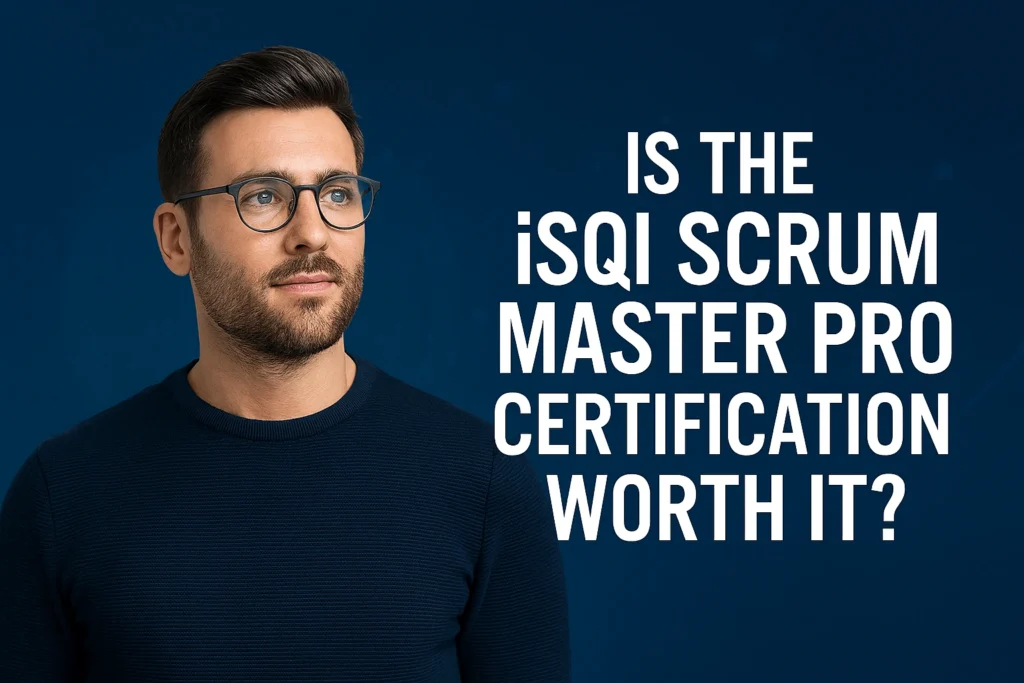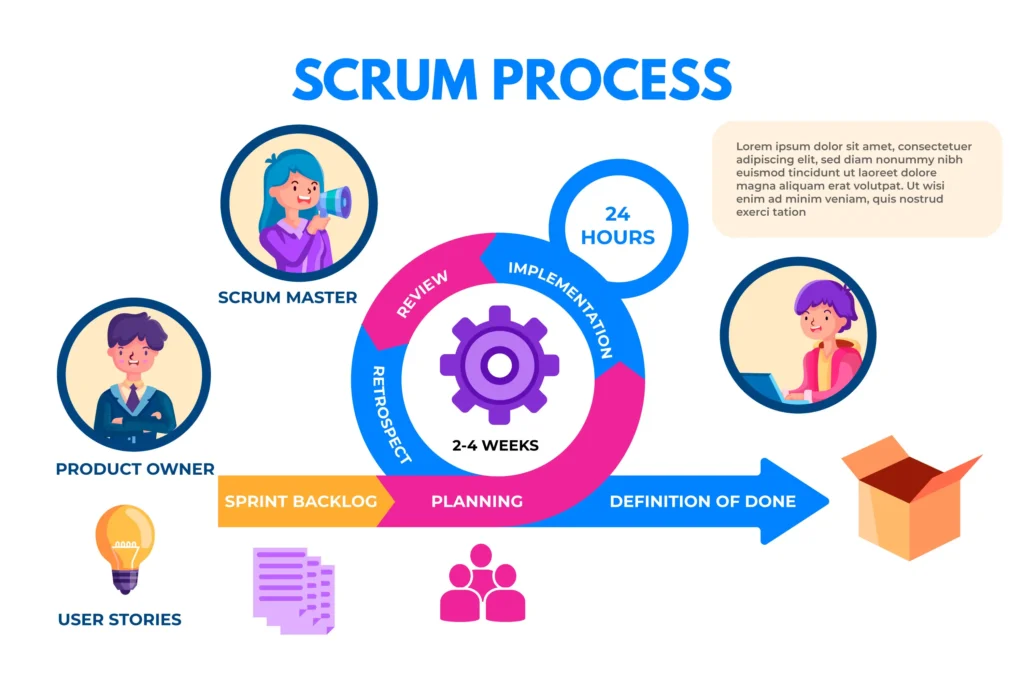Introduction
- Brief overview of Scrum and its relevance in project management.
- Why Scrum Master certification is important for career growth.
What is a Scrum Master?
- Definition and key responsibilities.
- The role of a Scrum Master in Agile teams.
Benefits of Becoming a Certified Scrum Master
- Improved career opportunities and higher earning potential.
- Enhanced team leadership and project management skills.
- Recognition in the industry and credibility.
Types of Scrum Master Certifications
- Certified ScrumMaster (CSM)
- Professional Scrum Master (PSM I, II, III)
- Other relevant certifications
Eligibility and Prerequisites
- Who can apply for Scrum Master certification.
- Recommended experience or knowledge level.
How to Prepare for Scrum Master Certification
- Recommended training courses and study materials.
- Tips for passing the exam.
- Importance of hands-on practice with Scrum projects.
Exam Structure and Requirements
- Overview of the exam format (multiple-choice, time limit, passing score).
- Key topics covered in the certification exam.
Career Opportunities After Certification
- Roles you can pursue: Scrum Master, Agile Coach, Project Manager.
- Industries that value Scrum Master certification.
Tips for Success as a Scrum Master
- Continuous learning and staying updated with Agile practices.
- Building soft skills: communication, facilitation, and conflict resolution.
Conclusion
- Encouragement for beginners to start their Scrum Master journey.
- Final thoughts on the impact of certification on career growth.




